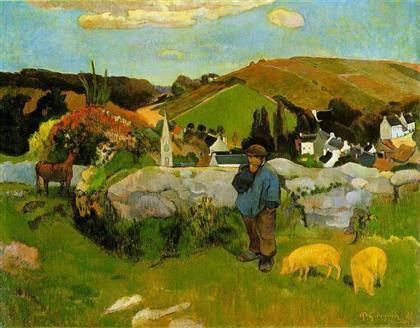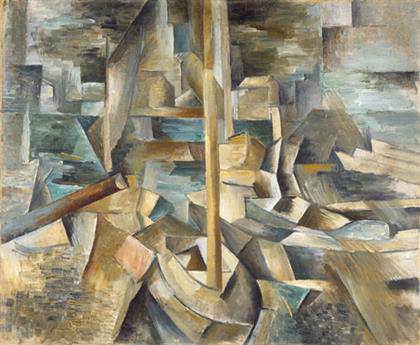
Roy Lichtenstein
Look Mickey, 1961
Oil on canvas, 121,9 x 175,3 cm
National Gallery of Art, Washington,
Dorothy and Roy Lichtenstein
Gift of the Artist, in Honor of the Fiftieth Anniversaryof the National Gallery of Art
© Estate of Roy Lichtenstein / VEGAP Madrid 2014

Andy Warhol
Marilyn Monroe in Black and White (Twenty-Five Marilyns), 1962
Acrylic on canvas, 208 x 140 cm
Moderna Museet, Stockholm
© 2014 The Andy Warhol Foundation / ARS New York / VEGAP Madrid
Pop Art Myths at Thyssen-Bornemisza Museum The Museo Thyssen-Bornemisza presents ‘Pop Art Myths’, the first exhibition on this subject in Madrid since ‘Pop Art’ at the Museo Reina Sofía in 1992. 10 June to 14 September 2014.]]>
Source: Museo Thyssen-Bornemisza
Featuring more than 100 works ranging from pioneering British Pop Art to the classic American version and its expansion into Europe, the exhibition aims to trace the shared sources of international Pop Art and to undertake a revision of the myths that have traditionally defined the movement. It reveals how the legendary images created by artists of the stature of Warhol, Rauschenberg, Wesselmann, Lichtenstein, Hockney, Hamilton and Equipo Crónica, among many others, conceal an ironic and innovative code of perception of reality and one that still prevails in contemporary art today.
More than any other modern art movement, Pop immediately captured the popular imagination. Its emergence in the late 1950s and early 1960s represented one of the most liberating moments in art history. Furthermore, it was not only attractive to the general public, as the radical nature of its challenge and its connections with underground culture also appealed to numerous intellectual circles. In contrast to the widespread weariness at the time with the idealism of the modern movement, characterised by its introspective, utopian nature, Pop Art offered the new generations an exciting, secularised world in which there were no longer any boundaries between the artistic and the everyday. For Pop, every image was recyclable, every object could be transformed into art and its true aim, which time has demonstrated to have been achieved, was that of offering a new interpretation of the image of contemporary culture.
In contrast to other thematic exhibitions on this movement and the retrospectives on some of its leading artists that have taken place over the past few years and which have presented Pop as the forerunner of numerous artistic trends, the approach offered by the exhibition’s curator is to connect Pop with the past tradition of painting and to highlight these links, revealing them through the Museum’s own Permanent Collection, which concludes its survey of more than 700 years of the history of painting with works by some of the leading names of Pop.
The great paradox concealed within Pop Art lies in the combination of its desire for rupture and its respect for the art of the past. The structure of the exhibition aims to make that connection evident, with galleries organised according to the classic genres of portraiture, still life, history painting and landscape, displaying the work of leading figures of American and British Pop alongside that of Spanish, Italian, German and French artists who shared a similar attitude.
Related content
Centre Pompidou presents the first complete Roy Lichtenstein retrospective in France (exhibition, 2013)
Follow us on:


